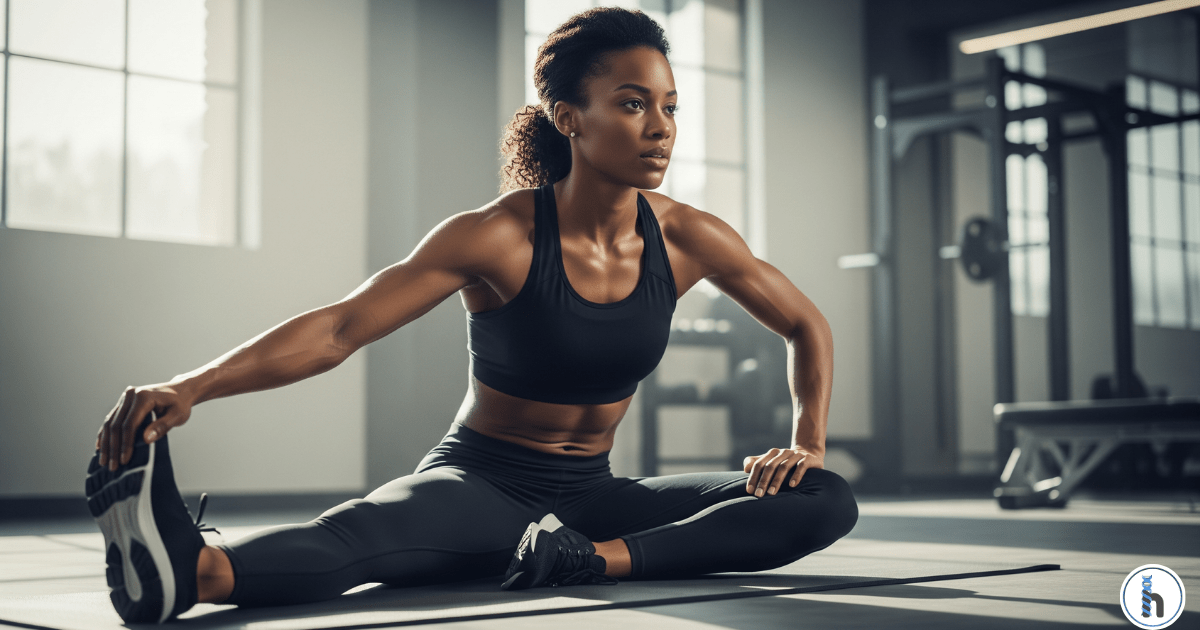- Is sports massage good for athletes?
Yes, it is highly beneficial. Sports massage is specifically designed to address the strain and impact of athletic activity. It helps improve flexibility, reduce the risk of injury, and support the body's natural recovery processes, making it a key component of any serious athlete's training regimen.
- Does a sports massage speed up recovery?
Absolutely. Massage accelerates recovery by increasing circulation, which helps flush out metabolic waste products like lactic acid from tired muscles. This process reduces muscle soreness (DOMS), alleviates stiffness, and helps restore tissues to their optimal condition faster than passive rest alone.
- What is the difference between a sports massage and a deep tissue massage?
A deep tissue massage focuses broadly on relieving chronic muscle tension throughout the body. A sports massage is more targeted; it uses a variety of techniques to address the specific muscles used in an athlete's sport to improve performance, prevent injury, and speed up recovery.
- How often should an athlete get a sports massage?
The ideal frequency varies. During intense training periods, once every 1-2 weeks is common for recovery and prevention. During the off-season, once a month might be sufficient for maintenance. This schedule should be determined as part of a comprehensive plan with a coach or Physical Therapist.
Beyond the Rub: How Sports Massage Accelerates Athlete Recovery

While exercise and mobility training are the cornerstones of rehabilitation, integrating sports massage for athletes can be a game-changer. It gives physical and occupational therapists a direct, hands-on way to accelerate recovery and prevent re-injury. Skillfully applied, massage helps release restricted tissues, unwind faulty movement habits, and restore the clean, efficient biomechanics that keep athletes performing at their peak.
The Clinical Role of Massage in Restoring Functional Movement
Athletes frequently develop movement dysfunctions from overuse or injury. Massage therapy for sports injuries addresses these issues by improving tissue elasticity, reducing fascial restrictions via myofascial release, and promoting better neuromuscular activation. For example, a pitcher with decreased shoulder rotation may benefit from targeted soft tissue mobilization on the posterior cuff, allowing for smoother, more efficient throwing mechanics.
Evidence-Based Benefits of Sports Massage
The use of targeted massage delivers measurable improvements that align directly with PT and OT goals, making it one of the most effective athlete recovery techniques.
Improves Joint Mobility and Reduces Stiffness
Studies show that massage increases blood flow, reduces adhesions, and improves flexibility. For an athlete recovering from ACL reconstruction, soft tissue work around the quadriceps can help restore full knee extension, a critical milestone.
Corrects Compensatory Movement Patterns
When an athlete favors one limb, asymmetrical patterns develop. Massage helps break these habits by alleviating trigger points in overworked muscles. For a sprinter with chronic ankle instability, targeted calf work can rebalance muscle tension and improve symmetry.
Enhances Proprioception and Neuromuscular Control
Tight muscles can dampen proprioception, increasing re-injury risk. Massage has been shown to enhance this feedback by reducing muscle spindle hypersensitivity, which is invaluable for athletes recovering from ankle sprains where diminished balance is common.
Integrating Massage into Your PT/OT Practice
For clinics, incorporating massage therapy requires a structured approach:
Assessment-Driven Interventions: Use tools like a functional movement screen (FMS) to identify restrictions before applying techniques.
Combining Manual Therapy with Exercise: Pair massage with corrective exercises to reinforce new movement patterns.
Tracking Progress: Consistently measure outcomes, such as improved range of motion, to validate effectiveness.
This is where HelloNote EMR becomes invaluable. Instead of juggling disjointed notes, therapists can document massage interventions in their SOAP notes, track range-of-motion improvements, and generate progress reports—all in one system.
Frequently Asked Questions About Sports Massage for Athletes
By focusing on objective functional outcomes, therapists can demonstrate the true benefits of sports massage in athletic recovery. For those looking to refine their practice, combining hands-on techniques with precise progress tracking ensures athletes don’t just recover but return stronger than before.

